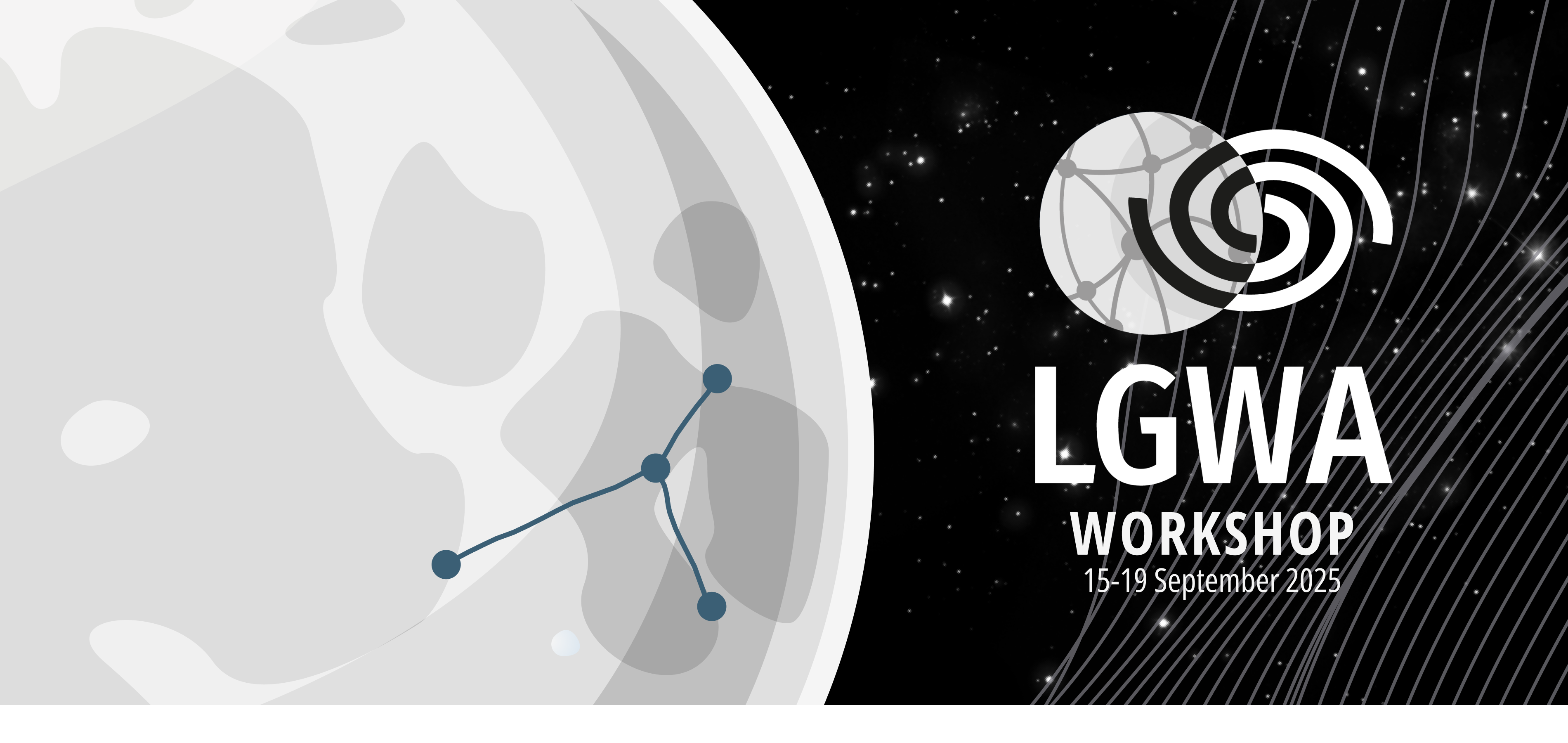Speaker
Description
The first direct detection of gravitational waves on 14 September 2015, from the merger of two stellar-mass black holes, marked a milestone in astrophysics and inaugurated the era of multi-messenger astronomy. In the decade since, LVK interferometers have detected hundreds of mergers involving binary black holes, binary neutron stars, and mixed systems, offering valuable insights into compact object populations and the fate of massive stars. However, current detectors are sensitive only to the final seconds before merger, limiting our ability to measure key parameters such as orbital eccentricity and component spins. Combined with strong degeneracies in theoretical models, this makes it challenging to constrain stellar and binary evolution and to distinguish between different formation channels.
The Lunar Gravitational Wave Antenna (LGWA) will open the decihertz frequency band, bridging the gap between space-based and ground-based detectors. By observing binaries in much earlier inspiral stages, LGWA will provide opportunities to reduce parameter degeneracies, improve evolutionary constraints, and expand the accessible gravitational wave source population. This includes the potential detection of micro–tidal disruption events of stars by stellar-mass black holes.
In this talk, I will review the major advances of the past decade in our understanding of compact binary populations and their astrophysical implications, as well as the ongoing work to improve stellar and binary evolutionary models. I will then discuss how LGWA could impact this field, highlighting the opportunities it provides for studying both compact binaries and rare events such as micro–tidal disruption events, and for building synergies with electromagnetic surveys to advance our knowledge of the formation and evolution of stellar-mass compact objects.

